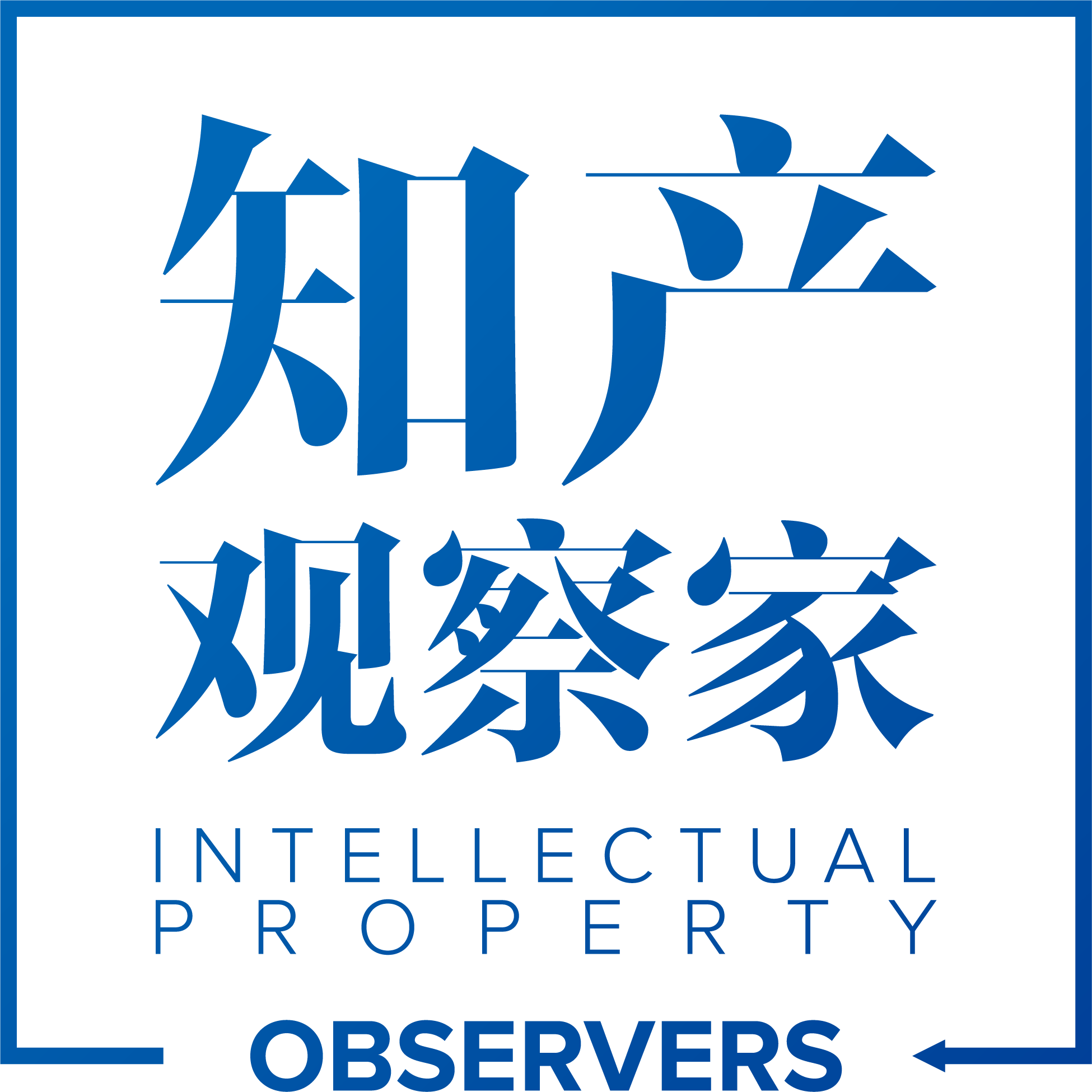On October 17, 2019, the USPTO issued a 22-page update (October PEG Update) to its 2019 Revised Patent Subject Matter Eligibility Guidance (2019 PEG).
The 2019 PEG, originally released on January 7, 2019, marked a shift in US Patent Office’s review process, generally leading to increased allowance of patent applications facing scrutiny under 35 USC § 101 (subject matter eligibility) in view of the US Supreme Court’s decision in Alice Corp Pty Ltd v CLS Bank Int 'l, 573 US 208, 215-17 (2014) (Alice). The October PEG Update does not change the 2019 PEG. Instead, it provides additional clarification as to its application and scope.
The USPTO provided the October PEG Update in response to public comments to its 2019 PEG. The 2019 PEG changed the procedure by which examiners are to assess patent eligibility. Specifically, the 2019 PEG split step 2A of the USPTO’s subject matter eligibility analysis into two prongs (‘Prong One’ and ‘Prong Two’). The Step 2A analysis determines whether a given invention is “directed to” a patent ineligible abstract idea. An overview of the 2019 PEG, including a description of how the USPTO now analyses claims for subject matter eligibility under the Patent Office’s newly revised step 2A, may be found in our previous postings here and here.
The October PEG Update clarifies the following five aspects of the 2019 PEG analysis:
- Evaluating whether a claim “recites” a judicial exception;
- The groupings of abstract ideas enumerated in the 2019 PEG;
- Evaluating whether a judicial exception is integrated into a practical application;
- The prima facie case and the role of evidence with respect to eligibility rejections; and
- The application of the 2019 PEG in the patent examining corps.
Source: World IP Review


